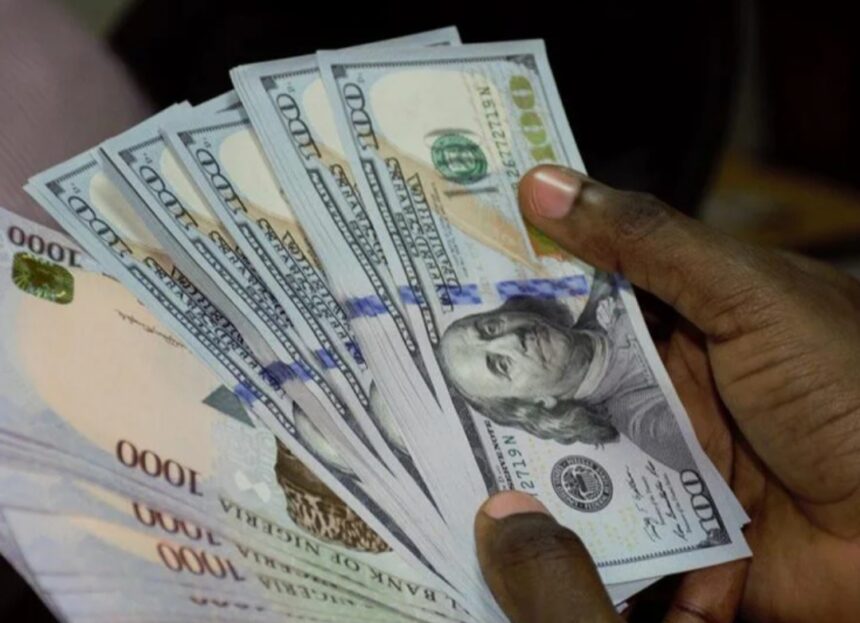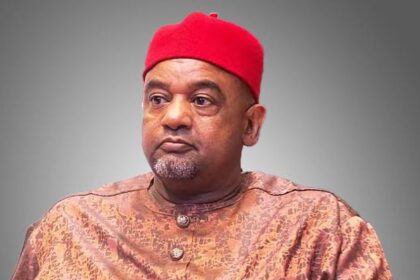The Nigerian Naira saw a notable increase in value against the US dollar in the parallel market, reaching N1,350. This marked a 2.20% rise from the earlier rate of N1,380 on the same day.
The currency traders observed a significant demand spike, which initially caused the Naira to weaken in the early trading hours.
However, after a consistent rise to N1,120/$1 over 14 days, ending on April 19th, from a previous rate of N1,470/$1 on March 25th, the Naira experienced a six-day depreciation, falling by N310 or 21.68%, and settling at N1,430/$1 on April 26th.
This downward trend was halted at the end of the trading week, with the Naira recovering by 2.14% and then gaining an additional 3.70% by Monday.
In the official market, the Naira followed a similar pattern, depreciating by N169.24 or 12.64%, to close at N1,339.23/$1 on April 26th, down from N1,169.99/$1 on April 19th, and continued to decline over the next seven trading days at the NAFEM window.
More Insights
The Nigerian Naira experienced a notable increase in the parallel market, reaching N1,350 to the dollar, marking an improvement from the early day’s rate of N1,380.
In comparison to the British pound, the Naira saw a 1.85% appreciation, with the exchange rate settling at N1,620.
The currency also strengthened against the euro by 4.90%, achieving a rate of N1,430, a rise from the prior session’s N1,500.
The foreign exchange market witnessed a significant rise in trading activity, with volumes escalating by 61.02%, totaling $318.08 million, thus exceeding the earlier $197.54 million reported by NAFEM.
Additionally, the Central Bank of Nigeria (CBN) announced a slight increase in reserves by 0.060%, with the reserves reaching $32.131 billion on March 25th, a slight increase from $32.118 billion on April 24th, indicating a trend of continuous growth over three days.




